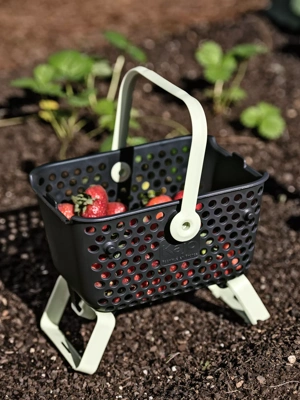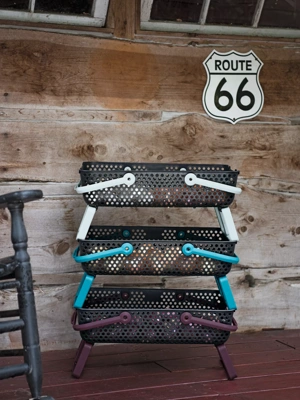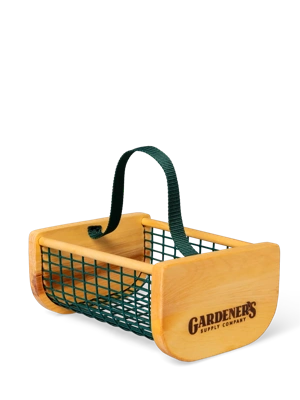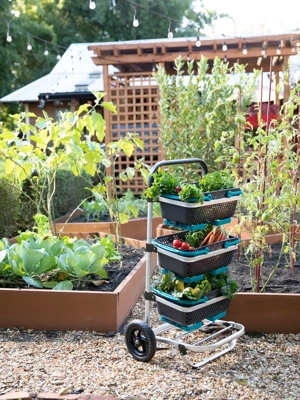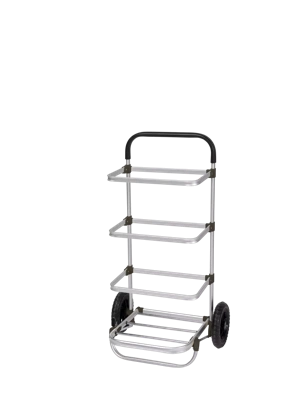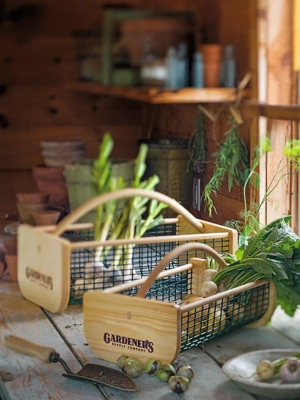The Harvest Homestretch
How to make the most of the gardening season
 The Melon Cradle supports ripening fruit.
The Melon Cradle supports ripening fruit.For many gardeners, it's the seventh-inning stretch; time to step back and make strategy: How do I make the most of the remaining season? What's working and what needs help? Here are a few tips from an old pro on how to score big in the end.
- Evaluate your lineup. Put your energy into crops that are still healthy and producing. Pull up plants that are past their prime, such as bolted lettuce, woody radishes, mildew-covered zucchini and bush beans that have given up their last harvest.
- Re-energize the players. Spray vegetable plants with a water-soluble fertilizer for a quick pick-me-up. Do a thorough weeding and add an inch of compost to the beds for long-term energy, moisture retention and weed suppression. If rain hasn't been plentiful, set up a soaker hose for deep, soaking irrigation. Scout for pests and take action if needed.
- Protect the score. Ripening tomatoes, melons, squash and pumpkins are more vulnerable to rot and pest damage when they're on the ground. Raise them up on plant supports, such as Melon Cradles and Pepper and Eggplant Stakes to keep the fruit clean and unblemished.
- Plant for overtime harvests. Many plants thrive in the cooler fall weather and can produce a bumper crop after the regular season. Plants that thrive in fall weather include carrots, beets, broccoli, Swiss chard, kale, arugula and all kinds of salad and Asian greens. Choose varieties that mature quickly. Add an extra two weeks to the days-to-maturity figure on the seed packet to allow for shorter, cooler fall days. For more information, read the article on succession planting.
- Stay ahead of the game. Harvest and process fruits and vegetables frequently. Avoid "zucchini baseball bats" and seedy cucumbers by picking several times a week. Consider quick and easy storage techniques such as drying, freezing in vacuum-sealed bags, fermenting and pickling. More ideas in our recipes category.
- Cover the field. Keep the game in play with season-extending techniques, such as frost covers and cold frames. After the first early frost, your garden may enjoy several more weeks of frost-free growing. Protect your plants from cooler night temperatures and hold in the heat.
 A late-harvest crop of arugula.
A late-harvest crop of arugula.
 A Cedar Cold Frame protects crops in early spring and late fall.
A Cedar Cold Frame protects crops in early spring and late fall.Last updated: 01/04/2023
Print this Article:
Related items
Get the Dirt
Stay up to date on new articles and advice. Please fill out the information below.



